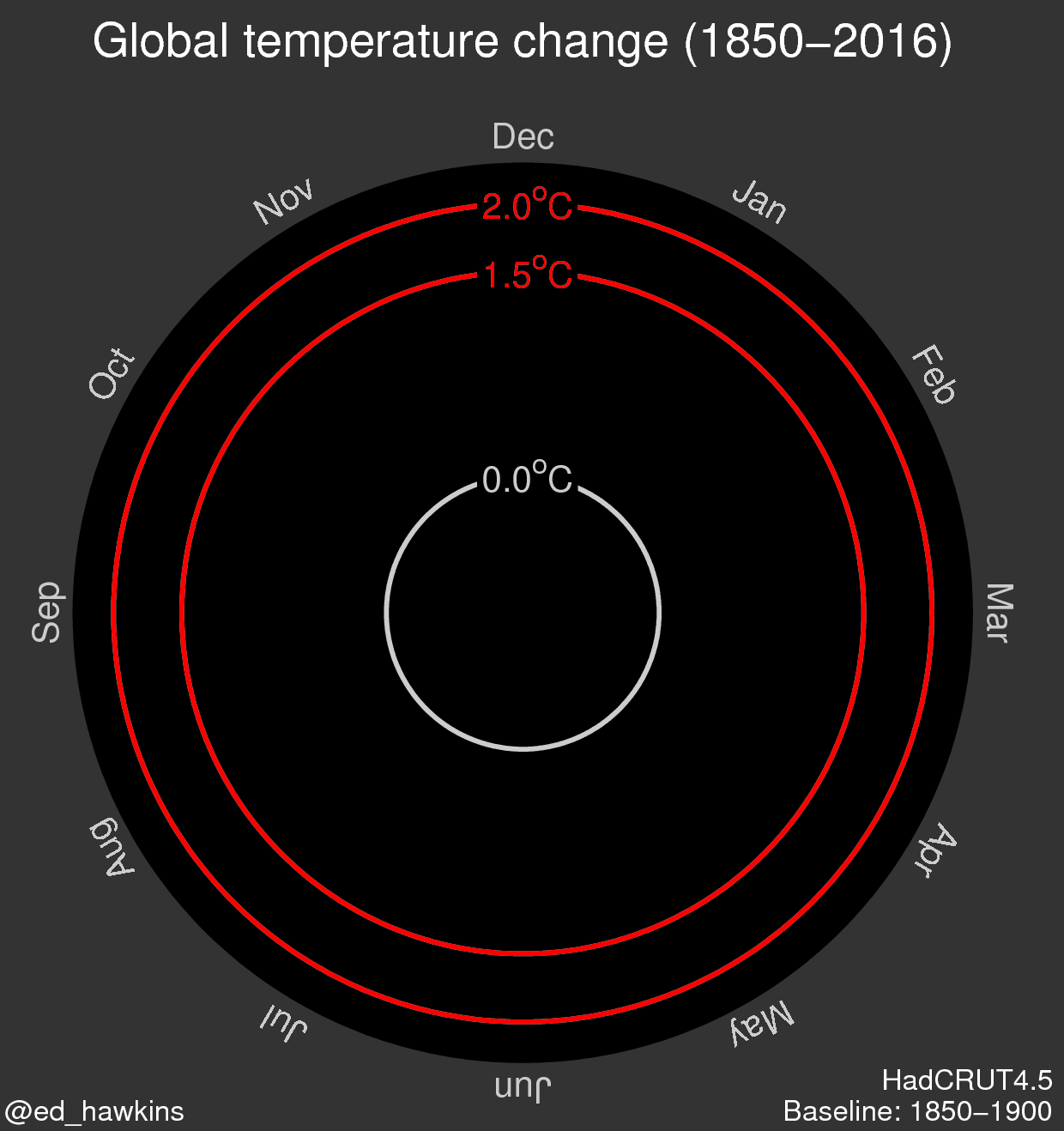 |
| Executive Director of the United Nations Environment Programme, Erik Solheim. |
He also noted that plastic pollution is similar to climate change and if steps are not taken to curb it now, reversing it will be "almost impossible".
As far as India is concerned, he said, it views environmental issues very much as a moral obligation and has got what it takes to lead the world into this change.
Solheim said a lot of people find the topic of climate change "boring".
"The problem with climate change is that it's a long-term phenomenon involving some quite complex science. It does not surprise me that a lot of people find the topic boring, and frankly we are never going to bore people into action. And if we continue to spout doom-and-gloom, then people just switch off," he said.
He said that when the issue of climate change is discussed mostly the focus has been on the problem and the risks and that needed to change. "People want to see solutions, and to understand how they can contribute. It is time for a global mass movement for the environment, one that has never been seen before."
"For this to happen, we have to speak in a different language that is simpler and breaks down the science to explain to people what climate change really means for them, in their daily lives, here and now," the executive director of the United Nations Environment Programme (UNEP) told PTI.
"We have to make it a dinner table conversation," he said, "in other words, we need to help people connect with this issue in a way that makes it personal, and not abstract."
It could be about things like house prices, the cost of insurance policies, the impact on food prices or the link to mass migration, he said.
On the issue of plastic pollution, he said it has been caused by "laziness and a failure" of imagination and innovation which needs to change. He said an astounding amount of plastic is produced every year, much of which is often used for a few seconds and discarded.
"Plastic pollution is similar to climate change. If we don't step on the brakes now, it will be almost impossible to reverse."
He pointed out that this year an estimated 360 million tonnes of plastic will be produced and one-third of this will be non-recyclable.
"So imagine where this plastic is going. It is in our oceans and water bodies. It is in landfills and on our beaches. This year World Environment Day will bring the focus on plastic pollution, calling on people all over the world to 'refuse what you cannot re-use'," he said.
Tackling plastic pollution requires one to make a big push on three fronts, he said.
Firstly, people need to know that there are many simple steps they can take to reduce their own plastic footprint like "do we really need straws or apples wrapped in copious amounts of plastic? We don't and we can change that."
"Second, 40 per cent of used plastic currently goes to landfill, when it could serve countless other uses. We need to recycle and re-use whatever we can. Thirdly, and this is where business comes in, we need to look at the whole life of a product and our consumption and trade systems."
"It is no longer possible for us to design products that are thrown away immediately after use," he said. "We need to re-think designs...and there are tremendous opportunities for businesses here."
Solheim was in India for a week where among others, he signed a letter of intent on India hosting the World Environment Day on June 5.
Talking about efforts being made in India in this direction, he expressed his delight that the country is the global host of World Environment Day 2018 and will be leading the push to save the oceans and the planet.
"India has very high rates of recycling, and in recent years, some of the biggest citizen action movements have happened in this country- for example, the Versova beach clean up in Mumbai," he said.
"So India has what it takes to lead the world into this change," he said.
"It is a booming economy with the innovation and business expertise to change the way we make and use products. And it is a country that views environmental issues very much as a moral obligation, to give back to people, nature and the world," he added.
Links









































